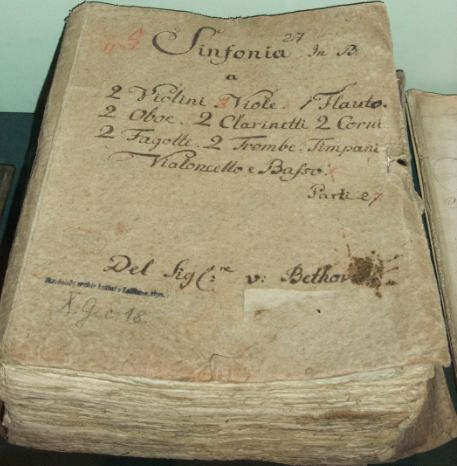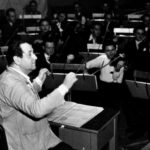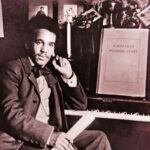Beethoven composed his Symphony No. 4 in B-flat Major, Op. 60 in the summer and the fall of 1806. 1806 was one of the most productive years of Beethoven’s entire life. During this year, he completed his Piano Concerto No. 4, the Violin Concerto, Leonore Overture No. 3, Coriolan Overture, the Three Rasumovsky String Quartets, the Piano Sonata No. 23 “Apassionata” and the 32 Variations on a Original Theme in C minor.
Beethoven conducted the first private performance of the symphony at the home of Prince Franz Joseph von Lobkowitz in Vienna in 1807, and the first public performance in April 1808, in Vienna’s Burgtheater.
Although not as popular and not as frequently performed as the Third and the Fifth, the Fourth Symphony has a unique place in Beethoven’s catalogue. Today’s audiences, perhaps swept away by the works’ tragic and heroic power, tend to prefer the odd-numbered symphonies. However, Beethoven’s even-numbered symphonies show equally profound and beautiful aspects of his genius. In a critical study of Beethoven’s symphonies, Berlioz said of the Fourth Symphony: “The general character of this score is either lively, alert and gay or of a celestial sweetness.” Robert Schumann compared the work to “a slender Grecian maiden between two Nordic giants,” having in mind the sequence of the Third, Fourth and the Fifth symphonies.
The first movement of the Fourth Symphony opens with a slow introduction (Adagio) in which we have the feeling that the time is standing still. The cold and motionless music from the introduction is “detonated” by the flamboyant chords of the sonata allegro (Allegro vivace) giving energy to a joyous and Haydnesque movement almost entirely based on the opening staccato notes of the first theme.
The second movement (Adagio) brought Berlioz to exaltation — “Its form is so pure and the expression of its melody so angelic and of such irresistible tenderness that the prodigious art by which this perfection is attained disappears completely.”
The third movement (another Allegro vivace) is based on the constant juxtaposition between duple and triple pulse. The entire movement is repeated twice, thus becoming a model for Beethoven’s Fifth and Seventh symphonies.
The fourth movement (Allegro ma non troppo) returns to the sparkling and playful mood of the first movement. Here sudden dynamic contrasts and furious passages in sixteenths become the moving forces. At the end of the movement, Beethoven again pays homage to his teacher Haydn by lulling the listener to repose before the final outburst.
Symphony No. 4 in Bb Major
Op. 60
Composed in 1806
By Ludwig van Beethoven




